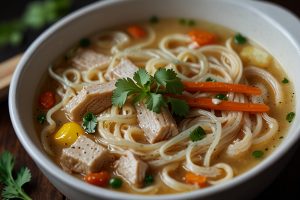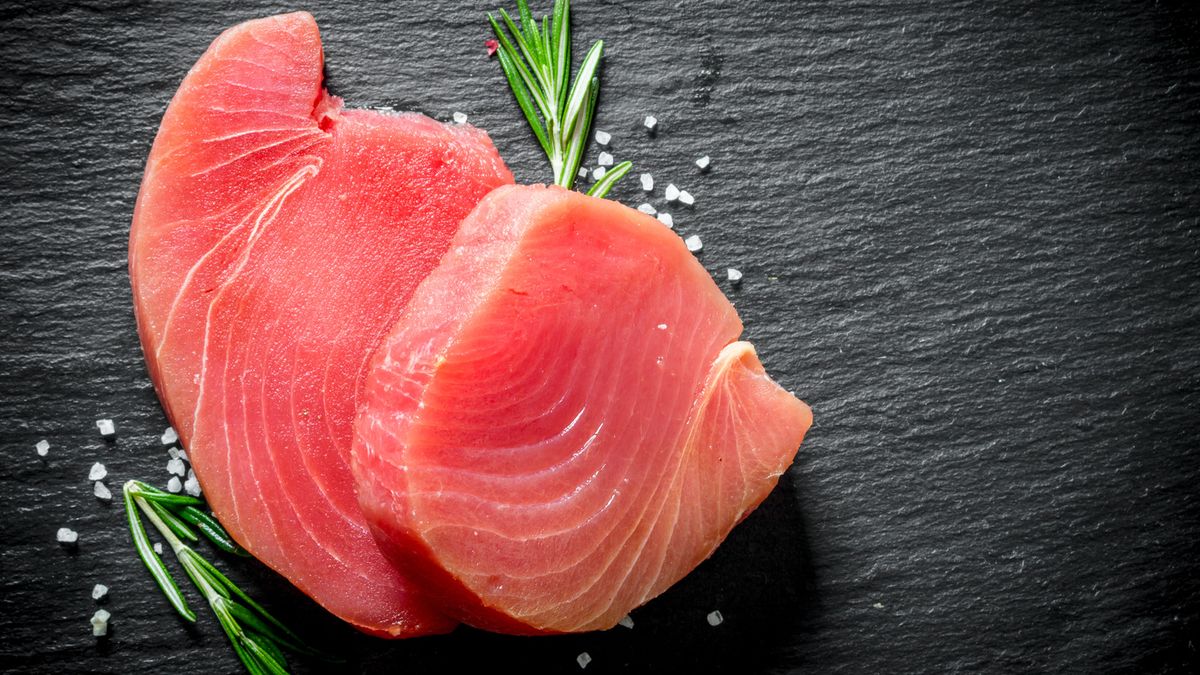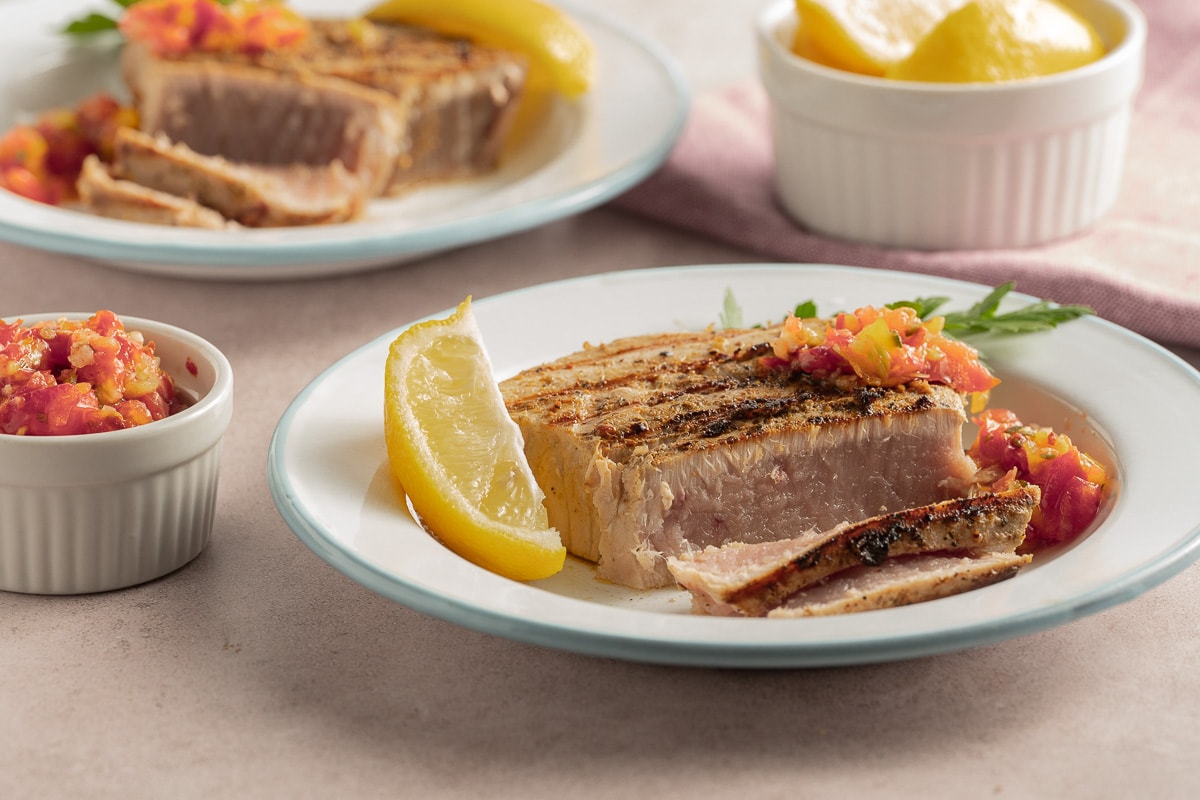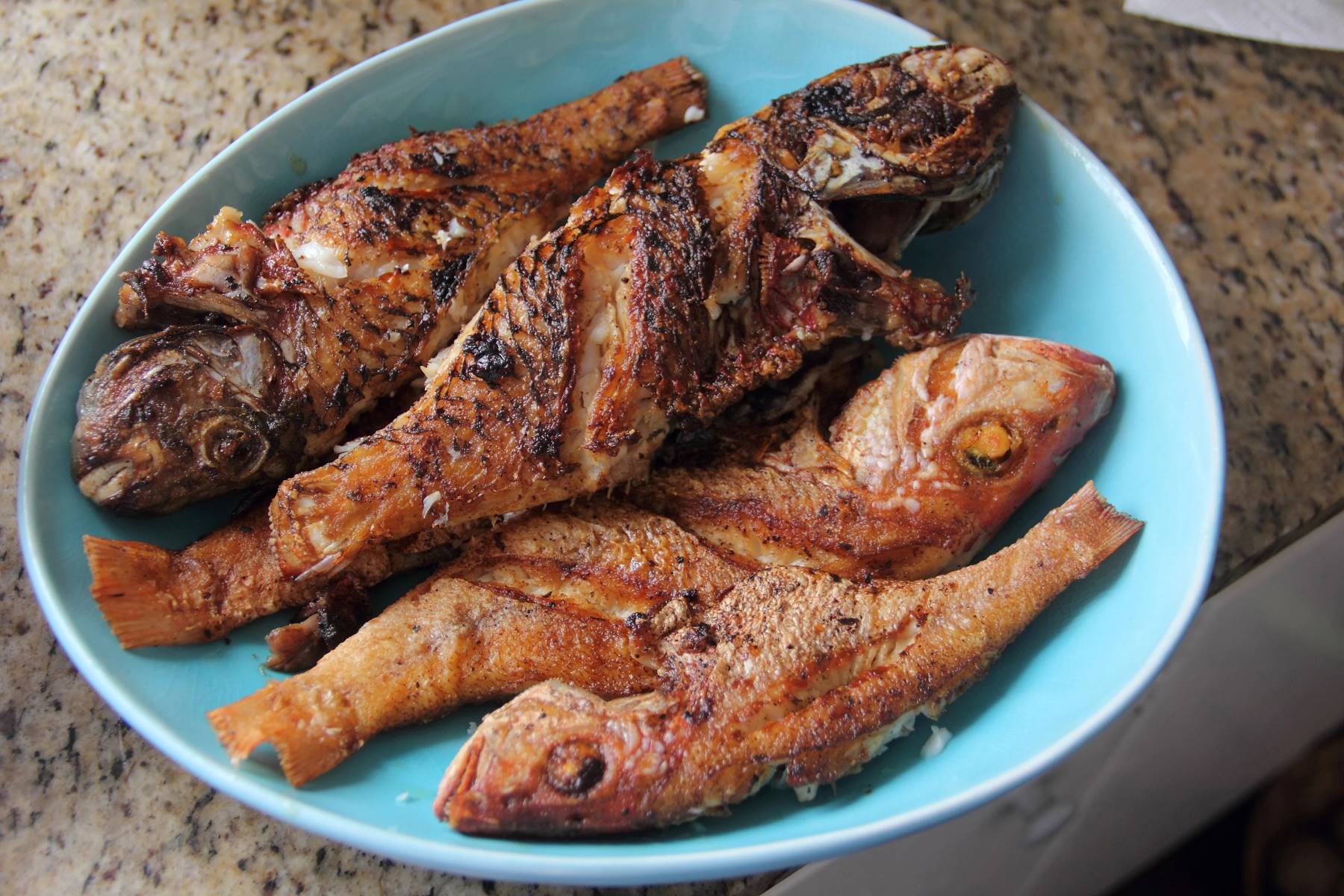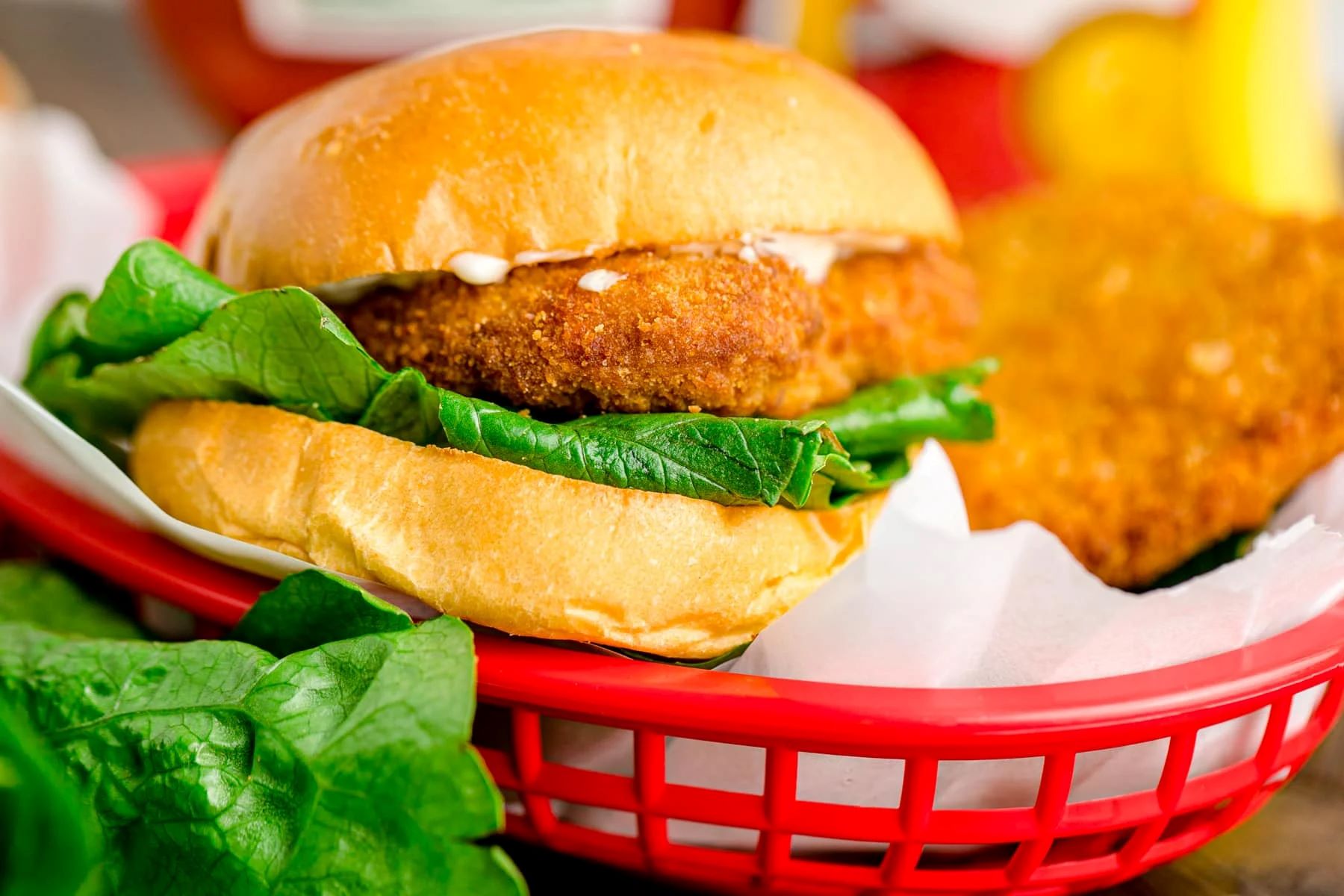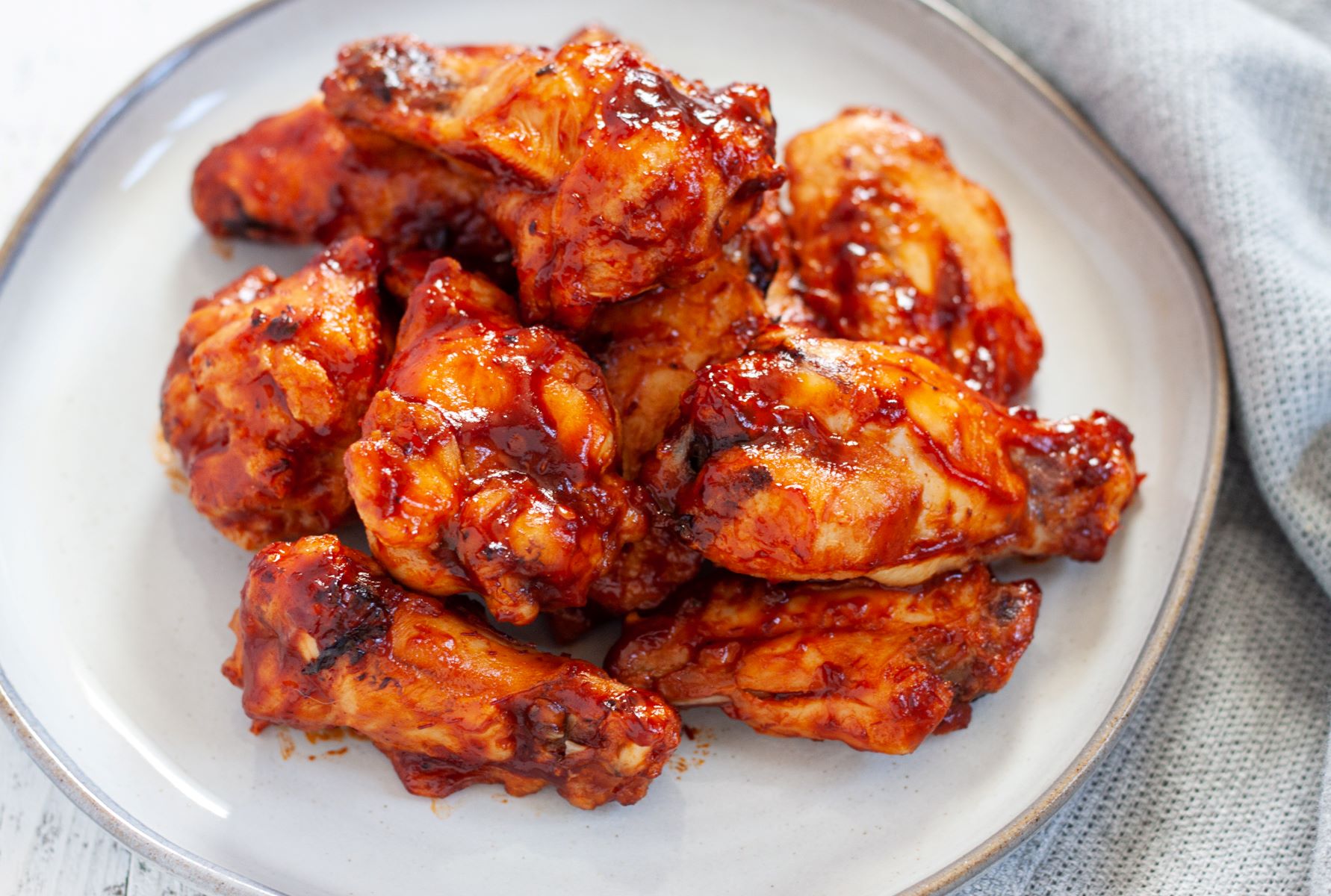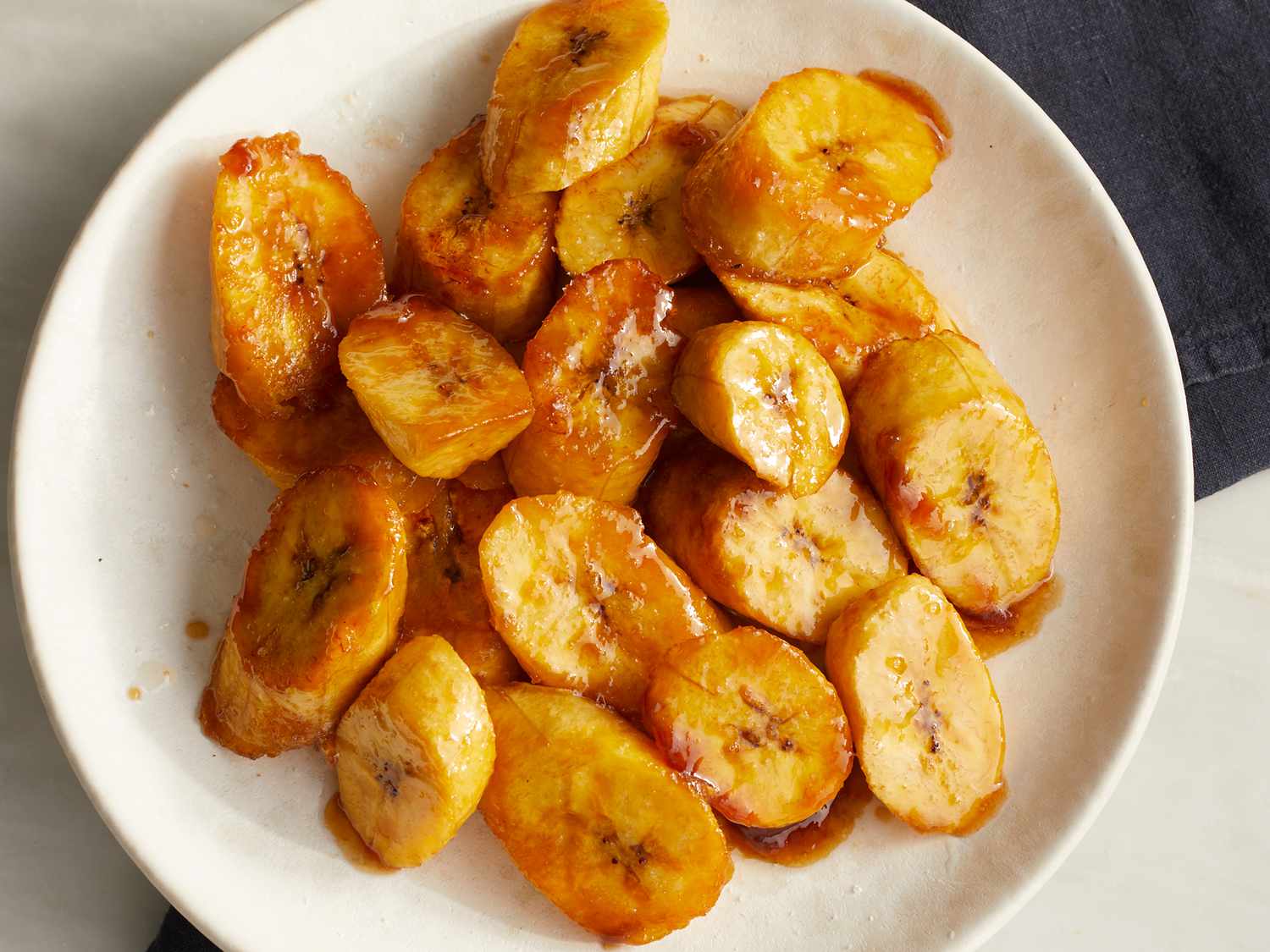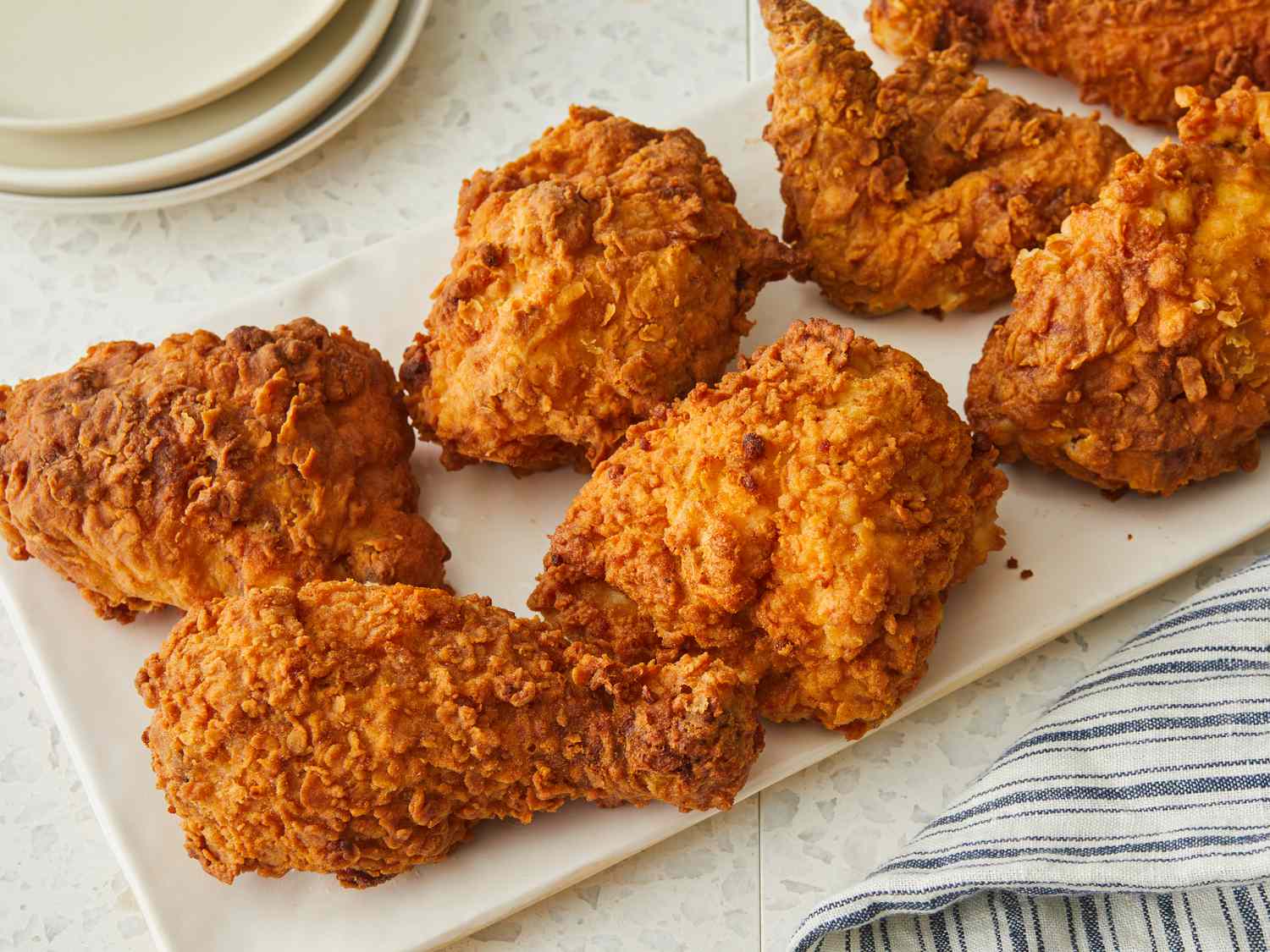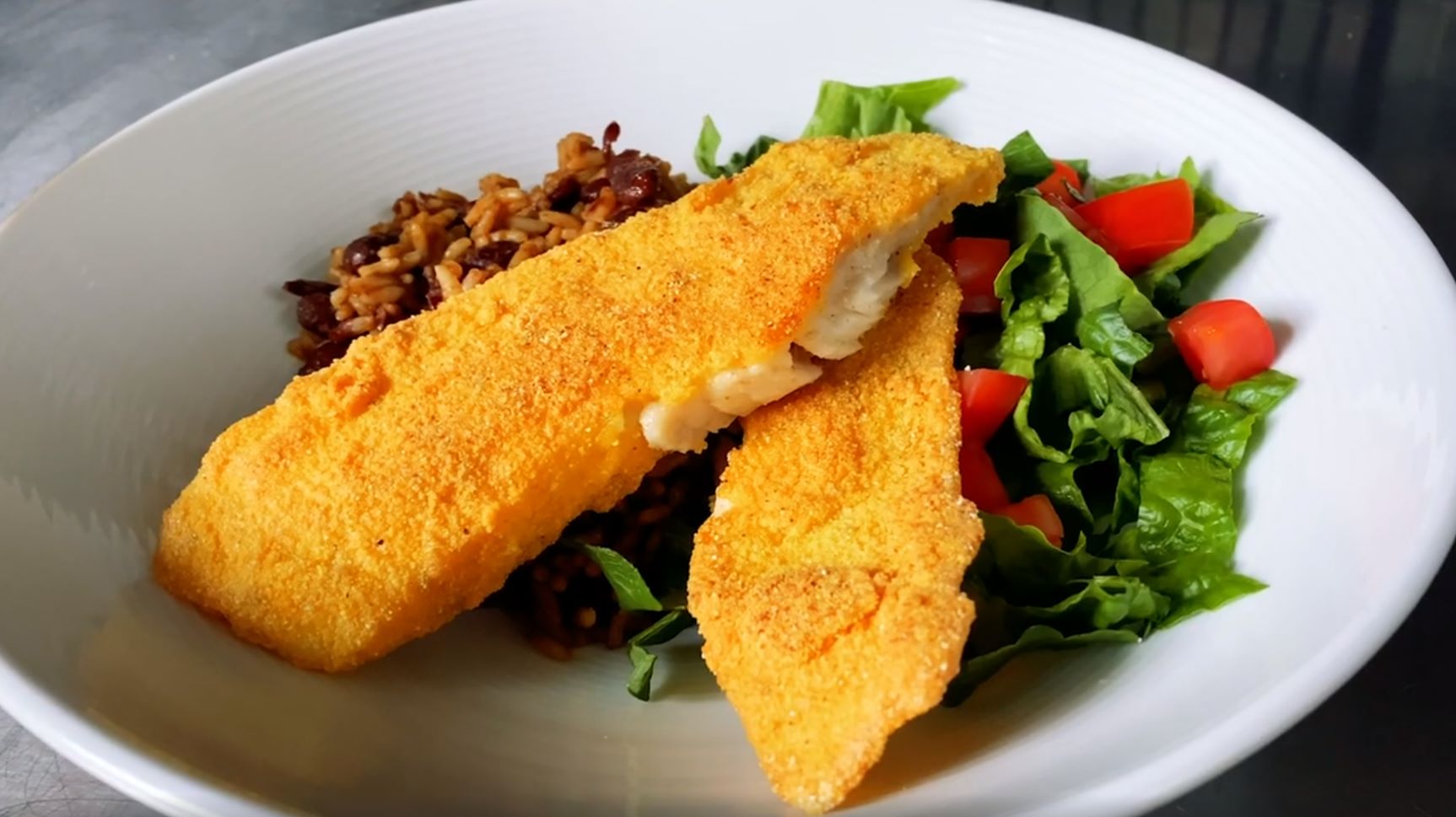Deep Frying Fresh Tuna: A Delicious Seafood Treat
Deep frying fresh tuna is a fantastic way to enjoy this nutritious and flavorful fish. With its firm texture and rich taste, tuna is an excellent candidate for deep frying. Whether you’re a seafood enthusiast or just looking to try something new, deep fried fresh tuna is a dish that is sure to impress. In this article, we’ll explore the steps to deep fry fresh tuna to perfection.
Choosing the Right Tuna
When it comes to deep frying fresh tuna, it’s essential to start with high-quality, fresh fish. Look for tuna steaks that are firm, moist, and have a bright red color. It’s important to purchase tuna from a reputable source to ensure its freshness and quality. Fresh tuna not only tastes better but also provides more nutrients and a superior texture when deep fried.
Preparing the Tuna
Before deep frying, it’s crucial to prepare the fresh tuna properly. Start by patting the tuna steaks dry with paper towels to remove any excess moisture. This will help the batter adhere to the fish and create a crispy exterior when deep fried. Additionally, season the tuna with salt and pepper to enhance its natural flavors.
Creating the Batter
The key to achieving a crispy and flavorful coating on deep fried fresh tuna is the batter. To make the perfect batter, combine all-purpose flour, cornstarch, baking powder, and seasonings in a bowl. Gradually add cold water to the dry ingredients, whisking until a smooth batter forms. The batter should have a thick consistency that coats the tuna steaks evenly.
Deep Frying the Tuna
Now that the tuna is prepared and the batter is ready, it’s time to deep fry the fish to golden perfection. Heat vegetable oil in a deep fryer or heavy-bottomed pot to 350°F (175°C). Carefully dip each seasoned tuna steak into the batter, ensuring that it’s evenly coated on all sides. Gently place the battered tuna into the hot oil and fry for 3-4 minutes, or until the exterior is crispy and golden brown.
Serving and Enjoying Deep Fried Fresh Tuna
Once the deep fried fresh tuna is cooked to perfection, remove it from the oil and place it on a plate lined with paper towels to drain any excess oil. Serve the deep fried tuna with a side of tartar sauce, lemon wedges, and your favorite side dishes for a delightful seafood meal. The crispy exterior and tender, flaky interior of the deep fried fresh tuna are sure to please your taste buds and impress your guests.
Conclusion
Deep frying fresh tuna is a simple yet delicious way to enjoy this versatile fish. By starting with high-quality fresh tuna, preparing it with a flavorful batter, and deep frying it to perfection, you can create a mouthwatering dish that is perfect for any occasion. Whether you’re hosting a dinner party or simply craving a seafood treat, deep fried fresh tuna is a must-try recipe for seafood lovers.
For those looking to put their newfound deep-frying skills to good use, there are plenty of delicious recipes to try out. Deep Fried Tuna Tacos are a fantastic way to start, offering a crispy and flavorful bite perfect for any taco lover. If you're in the mood for something more substantial, Deep Fried Tuna Burgers provide a hearty and satisfying meal with a crunchy twist. For sushi enthusiasts, Deep Fried Tuna Sushi Rolls and Deep Fried Tuna Sushi Burrito offer unique takes on classic favorites with an extra layer of texture. Those seeking a quick snack should try Deep Fried Tuna Bites with Spicy Dip, which are perfect for entertaining or a quick treat. Lastly, Deep Fried Tuna Tempura brings a touch of elegance to the table with its light and crispy batter. These recipes not only highlight the versatility of tuna but also allow you to experiment with different flavors and textures, making them a must-try.
